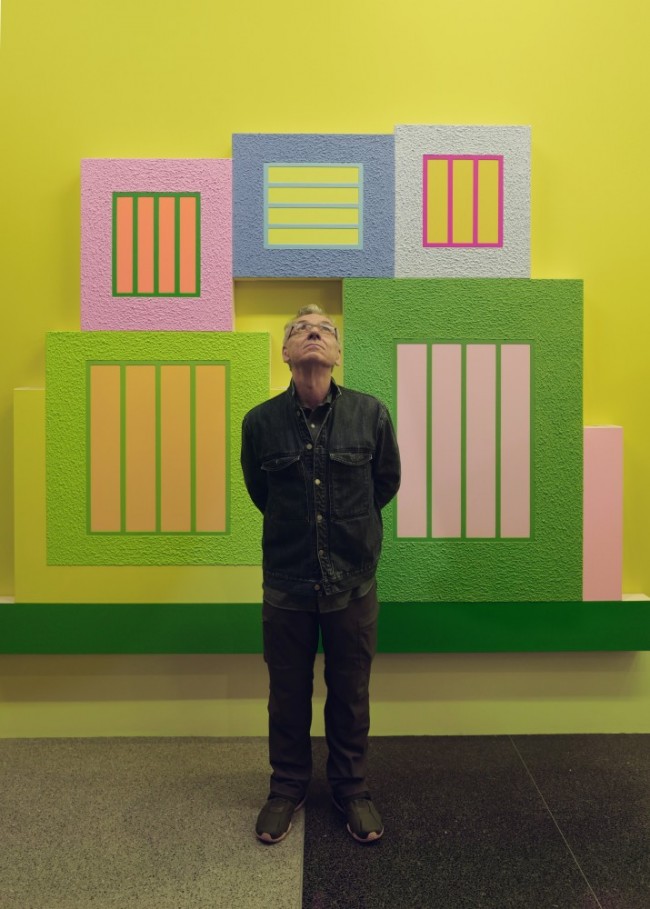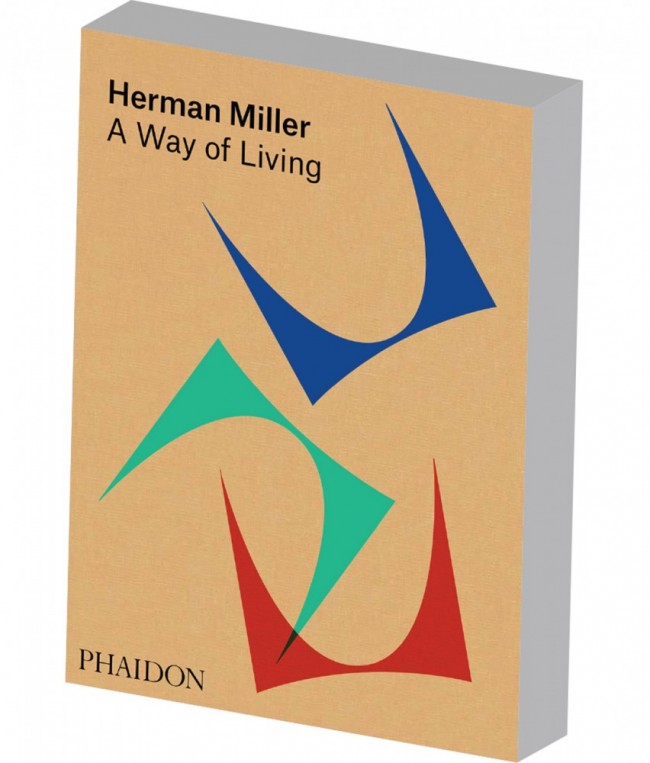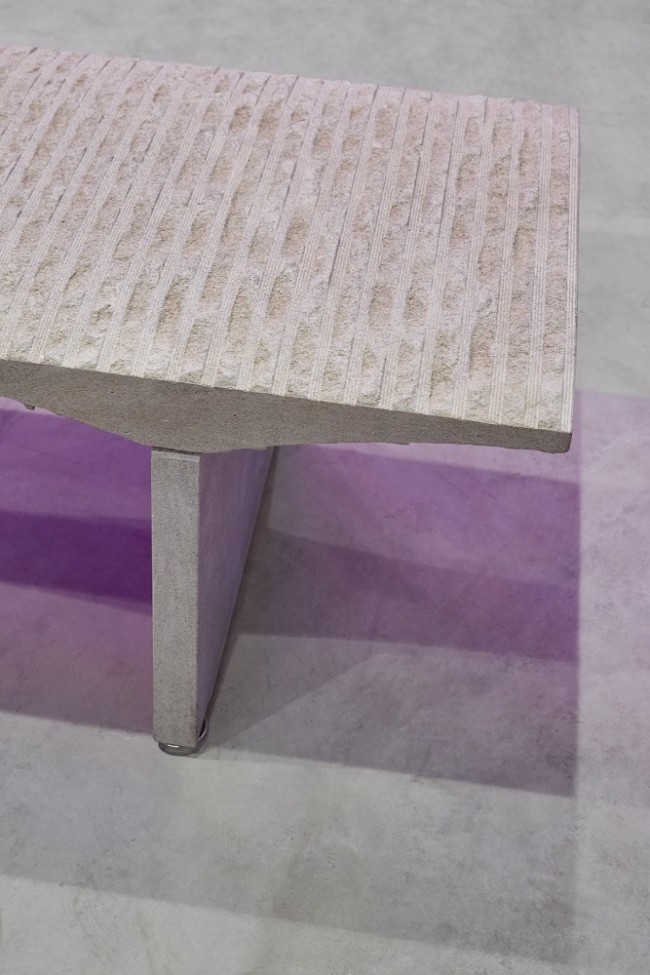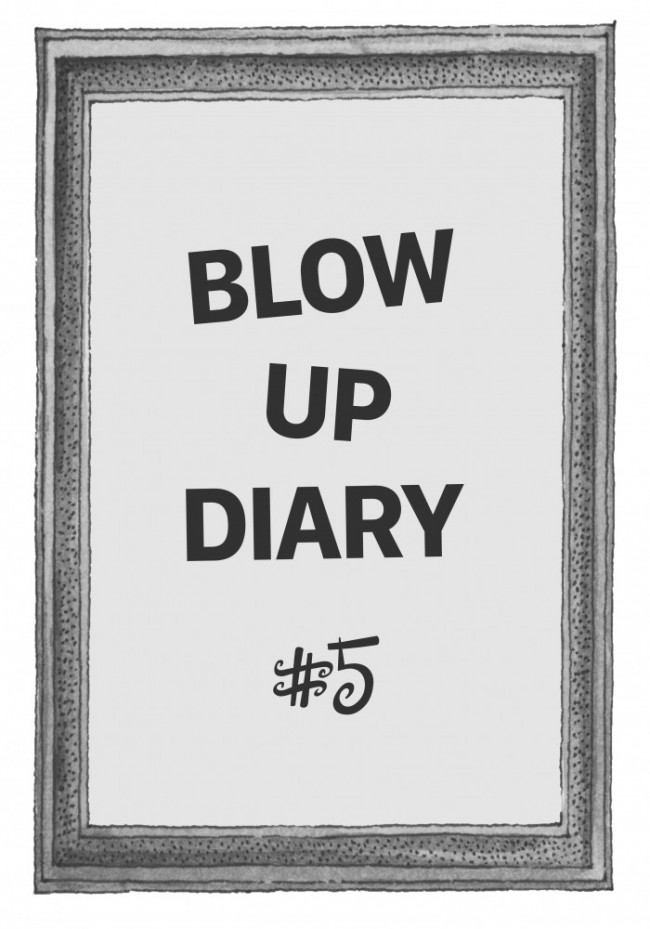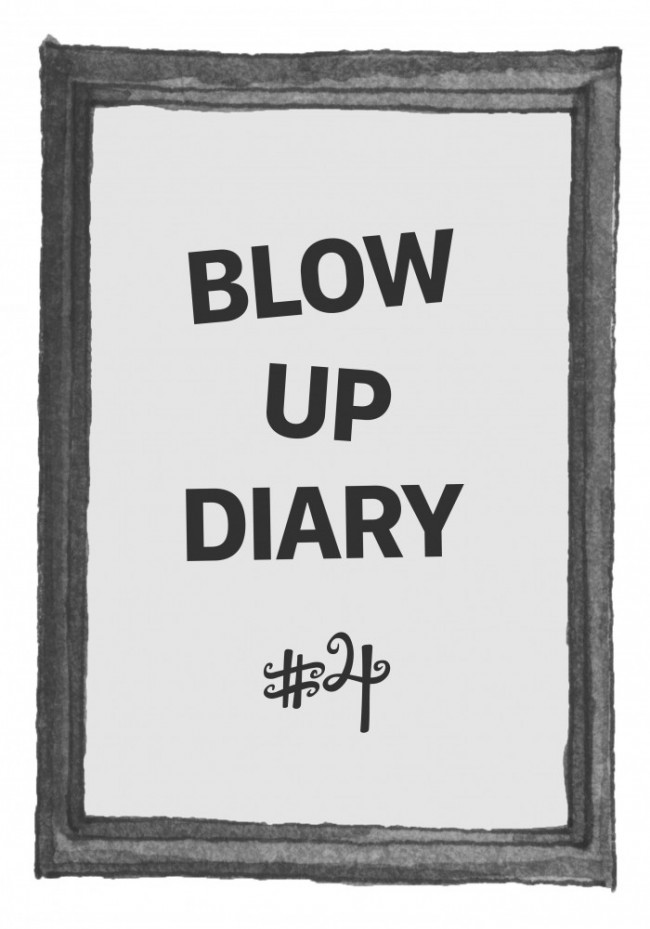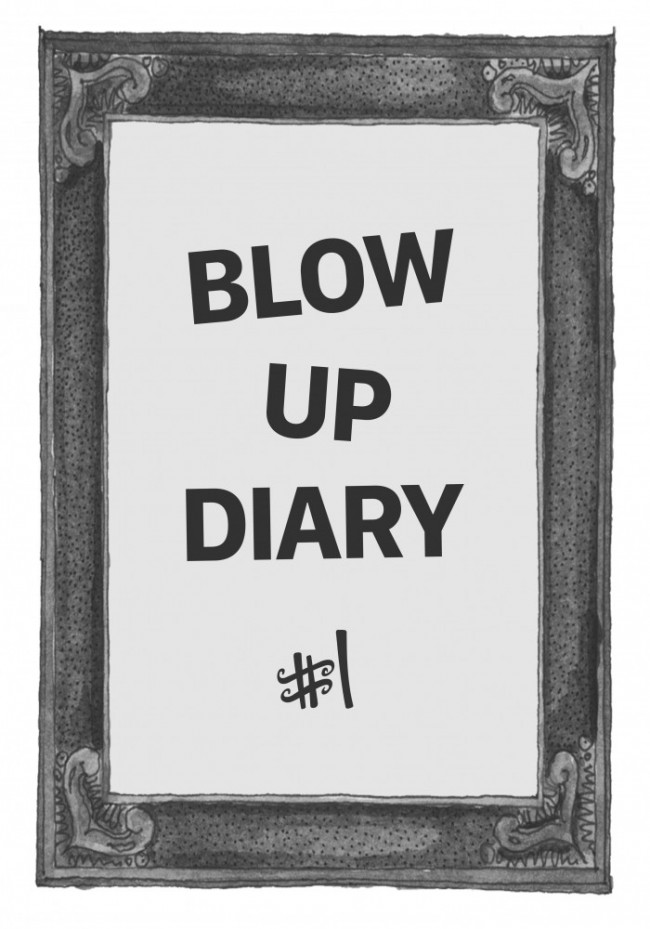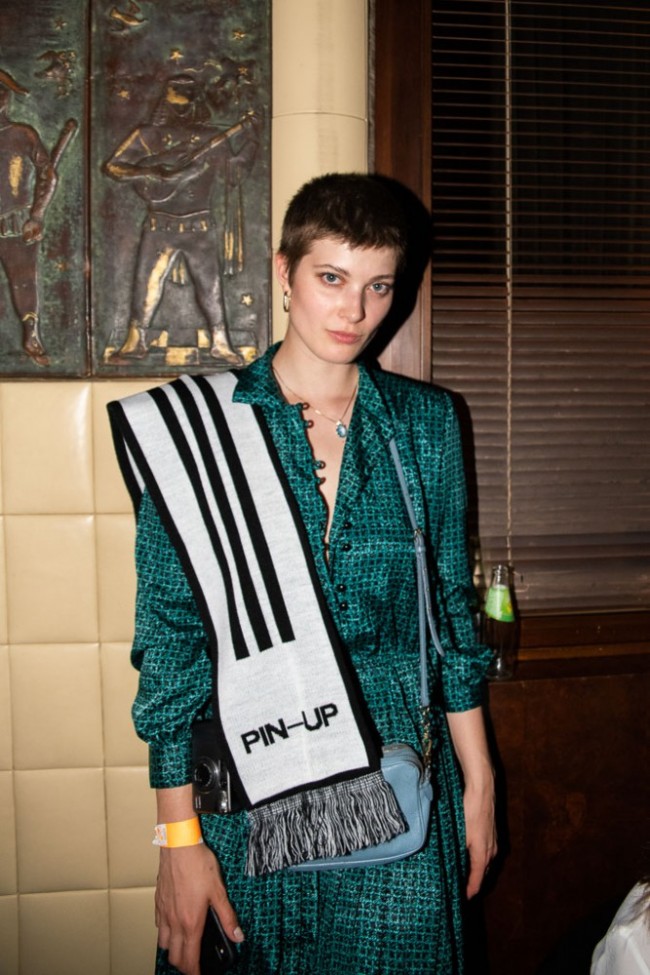Dozie Kanu and Jonathan Olivares in Conversation

Los Angeles-based Jonathan Olivares is among the most prolific industrial designers practicing today. Not only does he work with some of the most respected companies in the industry (including Danese, Knoll, Kvadrat, Vitra, and Zahner, to name just a few), the 36-year-old is a prolific writer with several important design books to his name — a Richard Sapper monograph, an illustrated taxonomy of office chairs, and one about his own practice. Sometime last summer of Olivares visited Midtown, an exhibition at New York’s Lever House put on by some of New York’s most front-line art and design galleries (Maccarone, Salon 94 Design, and Salon 94). Nestled between design icons by the likes of Gaetano Pesce and Vito Acconci, a concrete bench caught Olivares’s eye: suspended on industrial pipe with two car rims for a base, it was subtly inlaid with cultural cues. Olivares was smitten. The piece, Bench on 84’s, was the work of 25-year-old designer Dozie Kanu. Born in Houston to Nigerian parents, Kanu came to furniture via set design, but in the very short time he’s been practicing he’s made his mark with a fresh and original take on the discipline. Before embarking on a one-year manufacturing residency in Portugal, Kanu met Olivares in a remote airport hangar in Pacoima for a frank inter-generational chat touching on everything from creative influences and professional strategy to their moms’ garages and race.
So you’re from Houston. I’ve only been there once to see the Menil Collection.
I love the Menil.
Did you go there a lot as a kid?
Actually I didn’t really understand its importance until after I left Houston.
Yeah, isn’t that interesting? I didn’t appreciate Boston until I first moved to New York, back in the early 2000s. I would come home for the holidays and think, “Oh, wow! That building I used to skate under every day is by I.M. Pei.”
When did you move out to Los Angeles?
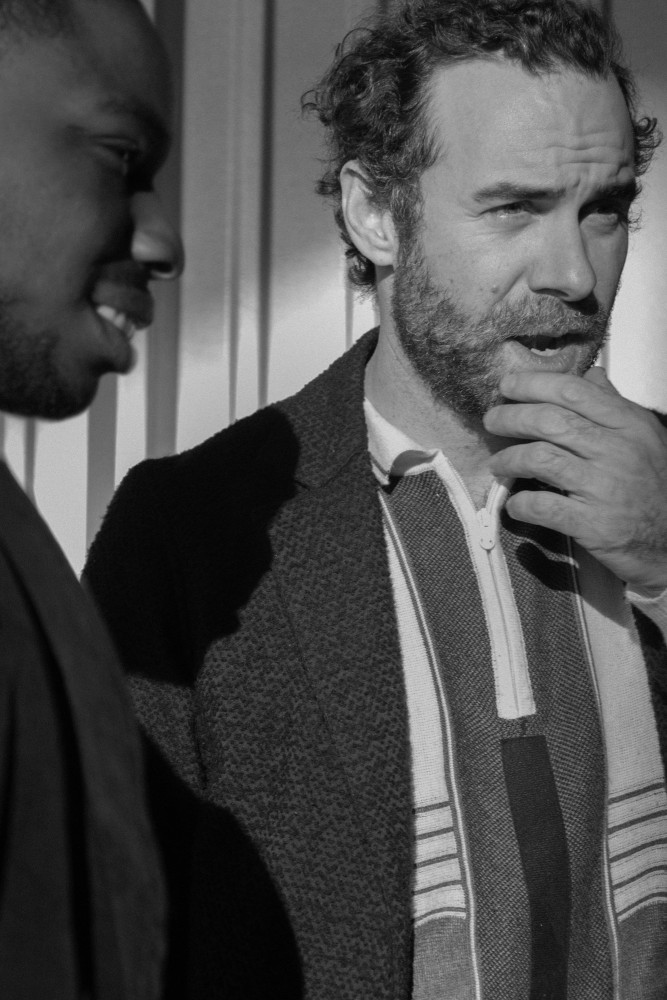
In 2011. At that point I’d been living in Cambridge, working like a monk. I literally ate, slept, and drank industrial design every day for six years straight. I used to think that to produce good work you had to live like a monk and work like a monk. And then I realized that coming to L.A. was a chance to start afresh and become more in touch with who I am. Not with who I am in design, but who I am in life. And then let life pour itself into design. Otherwise you’ll make work that looks like everybody else’s, work that doesn’t import any kind of knowledge from other places. That’s actually what struck me a lot about the bench you did for Midtown: seeing that heavy concrete mounted on rims… It had a lot of personality.
Thanks man. I actually just did the chair version too. It’s cool, because if someone doesn’t know what that rim is, they don’t know its symbolic meaning in Black culture. To them it just looks like an industrial base. But I think it’s important to elevate street culture, and Black culture. So taking Black culture’s fixations with rims, for example, and putting them in galleries has a way of making it relatable. Showing ideas in a different light is important.
At what point did your eye turn to design? And why?
I first went to school for film and then worked for Bureau Betak, a production company that does runway shows. (See PIN–UP 21.) And then from there I started working for an interior designer in New York named Carol Egan. She was just gearing up to start making her own design work, and as she was doing that, I also started trying to come up with my own stuff. I don’t even know why I was doing that. It was kind of just, “Let’s try it.” (Laughs.)
I think what you do is very sculptural. I place it in the same realm as Isamu Noguchi. Your rim bench reminds me a lot of Noguchi’s Cyclone table (1954), which consists in a cast iron base with a metal spiral structure surmounted by marble table top. I’m wondering what your references are?
I don’t know. I just sort of reference things I’ve seen. I remember going through a Tumblr phase, just dragging and dropping thousands of images of design works, artworks, runway images that were interesting to me. It was like image overload, every day I’d probably look at over 500 pictures. I don’t have the traditional design background that I should have, so I can’t really say it comes from knowing what to do. I just feel it out, you know?
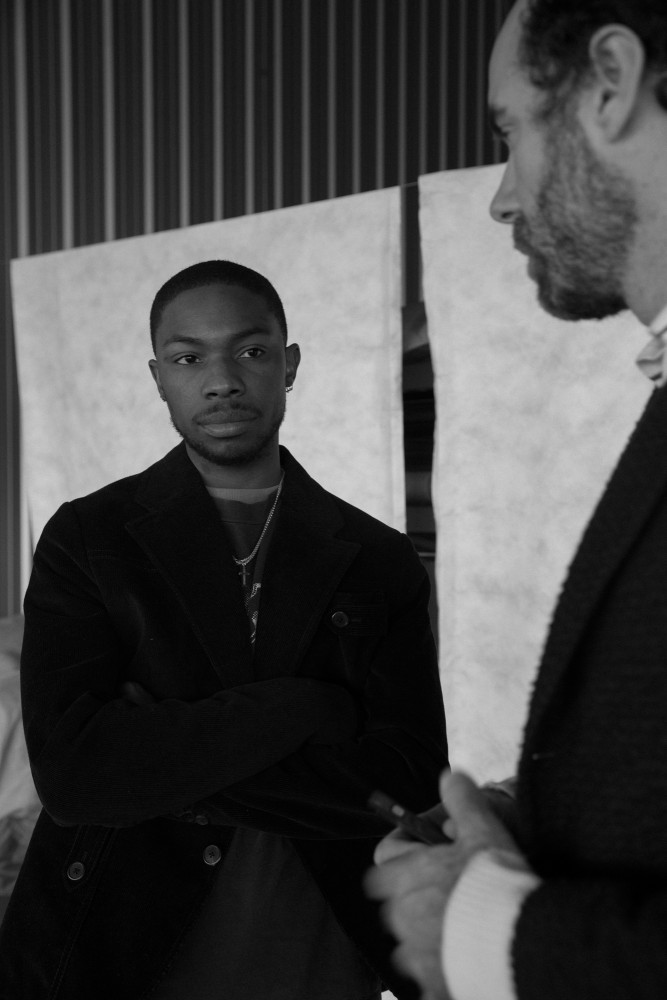
What do you consider your first project?
There were these sets of chairs that I had fabricated in Brooklyn (Chair ( i ), 2016). When I presented them, I would stack them one on top of the other and you’d have the freedom to use them however you wanted. First of all, I just liked how it looked. But it was a conceptual thing — it was about encouragement, but also about the idea of dominating something, being on top of something. That was something I felt I needed to show visually. I would always put black over white. It’s not like a Black-supremacist type of thing, but… (Laughs.) It wasn’t my intention for it to be race-driven, but that’s basically where it was coming from. What about your beginnings? Is it true you worked for Margiela?
When I first moved to New York from Boston as a student I went to the New School and I was more or less studying liberal arts. But I moved to New York because I knew I wanted to end up in some form of design, I just didn’t know which one. So I started doing all kinds of internships in New York. I worked for Visionaire — the book-production side of Visionaire, not the magazine. They did all the collaborations with fashion designers and artists and through the exposure to that world I learned pretty quickly who the interesting fashion designers were. I was really interested in set design for fashion.
Wow, me too, with Bureau Betak. I did a lot of runway-show stuff for them.
Cool. I worked mostly on shop interiors. I wanted to do runway shows, but they did very low-key fashion-week presentations at the time. It was just shows in their warehouse. But the reason I went to Margiela was that I thought the objects they were doing were really interesting. They were painting chairs, everything white. Somehow I got them to give me an internship. I didn’t speak a word of French, and moved to Paris and worked at Margiela for a summer. I think I took a semester off to do it. It would have been my junior year of college. I also went to see a Raf Simons presentation in a forest outside Paris.
Nice. It sounds like we had similar professional strategies.

Yes. I actually remember handing out my first business cards. It felt like Monopoly money. And then they started mentioning my office in an article somewhere, and I was like, “Wait, they bought it?!” (Laughs.) And eventually it gets real. You can only fake it for so long before you’re doing it.
In a weird way, I still feel like I’m faking it. That’s why I asked you initially, “Why me? Why do you want to interview me?”
I saw the image of the bench mounted on the rims and I saw the stacked chairs, which I didn’t realize were supposed to be stacked at the time. It makes them even better. It’s actually genius because I feel early Modernists would have made that same chair. That could be a Mallet-Stevens. But what’s happened since then is that the Modernist vision of design, which was basically very naïve, got bastardized really badly — it became Walmart. A tubular-steel chair today is filled with all these failed dreams — it’s a 100-year-old failed paradigm. Plus, even the idea of everybody having the same standard unit failed. But when you stack those two chairs together and you make them one, it talks about all of that failure, and about all of that surplus, and about all of what went wrong. But then, it also sort of makes light of that as well. It’s really great.
Thanks.
So what’s the next thing you’re working on?
Right now I’m working on developing that bench I did for Midtown and turning it into a collection of design objects. Paul (Johnson, from Salon 94 Design) gave me some important advice. He said, “Don’t try to think so much about your career. Just try to make something good. Just try to make one good object,” and that’s really been helpful in getting me to think a little bit freer. I’m always a little paranoid that, you know, people might not like whatever I make.

You can’t think about that. You gotta think, “What makes me happy? What do I want to put out there?” I remember my first ever product was this thing called Smith (2007). It went through many variations. But it was exactly what I wanted to do. To me Smith was a very punk object. When you look at it you don’t know if it’s a side table or a stool, you basically don’t know what it is. So the user is really pulled into the production of the end purpose. That was my first project and it took me a year. And then I remember the second project, I was like, “Fuck, what do I do now?” It’s a lot of pressure. All of a sudden you have the media’s interest in you and that pressure can be terrible. But you’ll get through it.
Thanks. Are you familiar with Paul Johnson’s space in Detroit in an old church (JTG Detroit Project)? He’s given me the opportunity to do something there sometime this year and I’ve been trying to figure out what would be appropriate. Both my parents are extremely religious but I never really caught that bug, so it’s kind of weird how religion plays a role in my life but I’m not much of a religious person. I’d like to address that through design in some way.
It’s really interesting that your background is production design. Do you see the work as almost like scenography but for real life?
I see it as if I were a director of a film developing a whole new world, in a sense. What objects would I want to put in this world? Most of the projects I was working on in school were set design for other directors. But when you’re in school, these students don’t have budgets, so you’re really forced to get out there and start digging — different warehouses, junkyards, resale places — trying to find objects to put in these scenes, and tones to paint the walls…
Where do you usually work?
That’s one of the problems I’m trying to solve by moving to Portugal this year — I’ll finally have a fixed place to work. In New York, without asking, I’d just make stuff in friends’ studios. I’d be like, “Yo, I’m going to come through and assemble some stuff at your place,” and then turn it into a project there. (Laughs.) And when I’m in Texas I’m working in my mom’s garage.

So we have our moms’ garages in common, too!
Yeah. So, it’s between New York, L.A., Houston, and now Portugal — just making stuff wherever I can work. How about you?
I had a traditional office for ten years with five employees. One day I realized another ten years were going to go by and I would have spent my whole life in an office with people I hired. So I closed the office and I got rid of my full-time employees. I still work with people, but they’re independent and the relationship is better. They feel more ownership over their work.
You want it to sort of happen organically. Does that slow things down at all?
No, not at all. I think it speeds things up, because when you’re employing someone full time you do a lot of excess production. Now I’ll just go straight to the factory and start producing in the final material.
I feel like that’s the new wave. Are you working on anything right now in particular that you’re excited about?
Yeah. This year I’m releasing a collection of textiles with Kvadrat whose colors are entirely based on colors that are found as minerals and earth materials. I’m also doing a project with Really®. They created this compressed fiberboard made entirely out of recycled cloth from the hotel industry. I’m working on a really voluminous room divider. We figured out how to bend the material in a very elegant way.
You also mentioned a project for Performance Space New York.
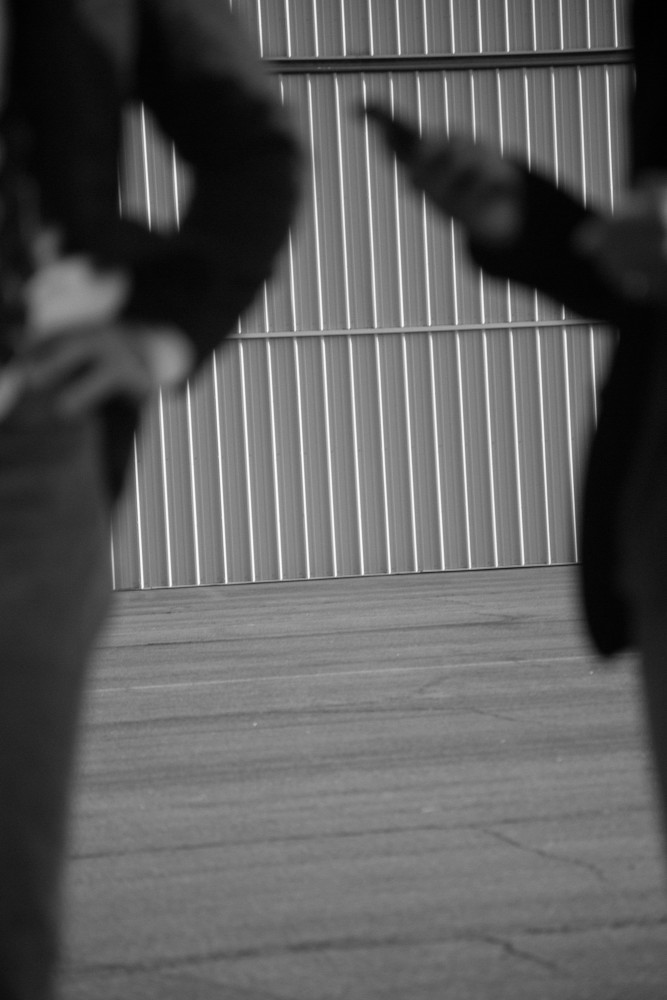
Yes, it’s a project with Brujas, a feminist skate collective and streetwear brand. They do women’s empowerment, immigration rights, LGBT rights… They basically use skating as a platform to reach and cultivate their audience. And then they host workshops and they’re doing a residency at Performance Space, where we’re doing their set design.
That’s revolutionary, right there.
Yeah. When I asked Jenny (Schlenzka), the director at Performance Space, why she picked Brujas for this project, she explained to me that in our generation, skaters were over here, while activist kids were over there, they were considered hippies. The club kids were over here. There might have been a little bit of overlap but not much. And then the fashion kids were way the fuck over there. And Brujas is all of those activities in one project. So they’re fashion, skateboarding, activism, and club kids. And it blew me away. I don’t think even ten years ago there was the same kind of freedom, and I’m very happy to see that your generation is doing away with a lot of this strict division between disciplines and ideas.
That’s what my whole generation is about, this in-between ideology. Nobody wants to be labeled as one thing. Nobody wants to be stuck in one corner. Everyone’s together. It’s so interesting that you also started your practice at 24.
Yeah, same age. It’s a good time. It’s really early, but on the other hand, it gave me a real head start. Design is a kind of a game that gets better as one gets older.
That’s really encouraging. I also think it’s important to make cultural statements. A lot of things in design don’t really break through on a popular level, they sort of stay in the design world. I’m really trying to figure that out. I have so many friends in different industries who are on the rise and on the cusp of breaking a pop level. I feel like I could be there when that happens, and sort of fill that design position.

Which designer’s work was the first to really resonate with you?
The first designer I wanted to be like was Marc Newson. Because he had a cultural presence. He wasn’t just hiding behind the curtain. When I was younger I really only gravitated towards people in the culture that looked like me.
In which culture?
Just culture in general. Anything that was on TV, basically — if they were Black, I could take something away from it. And I know there are kids right now who are also thinking like this. You don’t really research heavily at a young age, you’re only exposed to what manages to get in front of you. So for me it’s important to stand in front of my work because I’m thinking about the next generation, and I feel like Black people aren’t really represented in the design industry at all. So in order to shift things a bit, the next generation needs to be able to look at someone who’s doing it at a high level.
It’s interesting that you want to connect to a younger generation already, because you’re still pretty young yourself. Do you think the impetus is that you wished you’d had a figure who did what you’re trying to do?
Yeah, when I was younger for sure. I think about that all the time. Like, damn, why did I have to find about this industry so late in my life?

You mentioned Marc Newson. Are there other figures you admire?
Do you know Cameron Rowland’s work? He’s a conceptual artist who did a show last year at Artists Space in New York. He’s not a furniture designer, but he got prisoners to make furniture products. Prison inmates basically work for free. Rowland got permission from the prison to have these objects made — church benches, office desks, a bunch of different objects — and then he framed the documents that were signed by the state allowing him to get the prisoners to work for him. It was this whole conversation about modern slavery and it opened me up to how you can really load work with so much depth in a subtle way. It was mind-blowing.
Where do you want to take your practice?
I’m really interested in pushing myself to the edge of my capabilities, so I feel like architecture is the furthest you can really go as a designer. So at some point I’d love to do an architectural space, a building. That’s nowhere soon though. I’d also like to do a narrative film, at Cannes level. Sort of like how Tom Ford gets an idea for a film and just goes for it. Have you done retail yet?
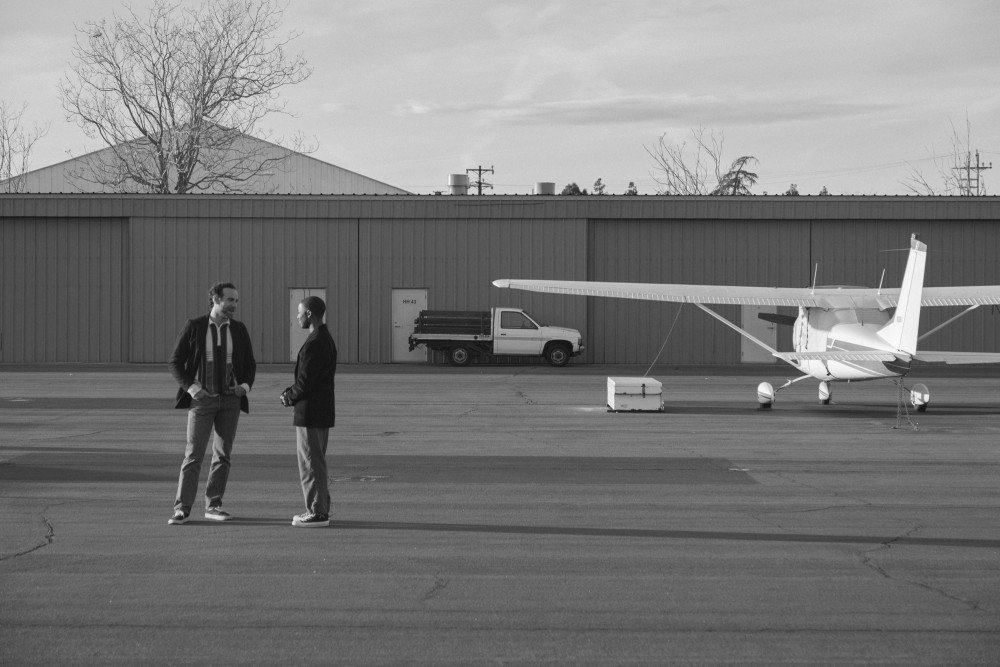
Not for the general public. I worked on a showroom for Vitra at their headquarters. It’s called the Vitra Workspace.
Oh yeah, I heard about that. Vitra would be an amazing company to design for.
I’m curious why today you would want to work for a big brand when you can operate through other modes of production? The art-design phenomenon was just getting started when I was your age.
I think the main reason is to be able to add historically to what they’ve done as a company, you know? Sort of like a place marker, in a way, like, “I hit that corner. I did that over there already. I covered that ground.” (Laughs.) Do you still have that super-hungry ambition in you to do something? Or have you sort of mellowed out?
Hell no, I’m not mellowed out. (Laughs.) I think it goes through waves of intensity, though. When I was in my late 20s I was actually really bored. Now I’m just super psyched. I collaborate a lot with architects these days, which is something I find super interesting. I also realize you start to accumulate knowledge and skills and all of a sudden you’re in a position where people have known you long enough that you start to land the projects you dreamt of earlier. Take the project with Brujas, for example. Ten years ago I don’t think I would’ve known what to do with that because it wasn’t orthodox enough for me. But now I’m ready for those kinds of things and they’re really feeding me.
I think if I just keep making work that interests me at the time I’m in, there’ll be a natural red thread through everything, rather than thinking, “Oh, my last project looked like this, it has to look similar in some way to that.”

That would be such a bad formula.
When I first started getting interested in design, I thought that a good designer made an object that, when you looked at it, you knew who made it. But now I don’t think that’s what a good designer is at all.
I think it’s much more important that you have a point of view, an ethic, an underlying set of interests. You said that you want to stand in front of your design as a personality and that you think it’s important, especially to a younger Black audience, because they wouldn’t have seen a Black person doing that before. It’s the first time I’ve ever heard somebody say that and actually have a really valid reason for it. So I’m wondering, where is the personality and where is the work? Will you inspire a young Black audience through your work or through the fact that you’re Black and you’re making it? Do you want to make Black work? Do you want make Black American work? Do you want to make American work?
It’s complicated. I’m Black, my skin’s Black, both my parents are Nigerian, but my mom grew up mainly in London. They both immigrated to the U.S. when they were in their 20s. I was going to school in Texas and coming home to a non-American home. But to the rest of the outside world, they would see me and think, “Oh, he’s an African American.” I was naturally different from all the other Black kids, just because at home there wasn’t American culture. I felt like the outcast of the outcasts. And when I got a little bit older, I started to strive towards not fitting in because I never fitted in anyways. So, to answer your question, I think there’s definitely going to be a lot of work that is American, but I also don’t want to pigeonhole myself and for people to regard me as an American designer. I want some of my work to float and not really have a distinct origin.
Text recorded and edited by Jonathan Olivares and Dozie Kanu.
Portraits by Ian Markell.
Taken from PIN–UP 24, Spring Summer 2018.




